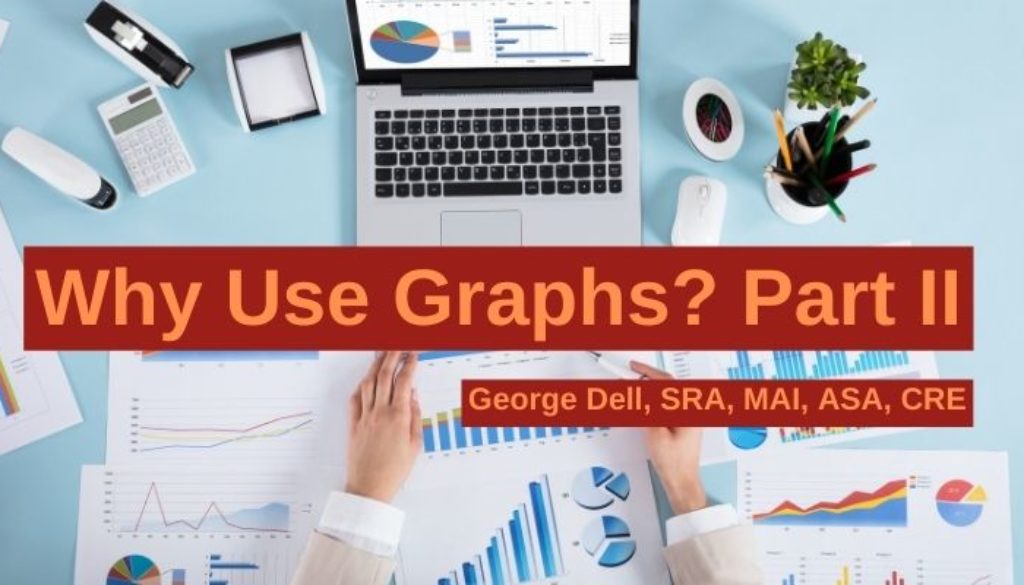Why is the class called “Stats, Graphs, and Data Science?”
It is easy to see statistics in data science, but why are graphs given importance?
To answer this question, we must hear how data science sounds. Yes, it is a science, yet science includes judgment and subject-matter experience. And visualization.
Data science comprises competence, computation, and connection:
Competence: ‘Statistics’, as a study, does not require expert knowledge. It is taught as a separate academic field. (However, applied statistics is also taught in many fields, such as psychology, engineering, the ‘hard’ sciences, and economics – as part of the discipline).
Data science however, explicitly recognizes and requires subject-matter expertise. You.
Computation: This word comprises data, calculation, sorting, logic, short algorithms, and longer programs. The main idea is that a computer carries out complex logic and arithmetic instantly.
The human selects a model which the computer carries out. The human is charged with familiarity with the subject matter (property), models (like the ‘three approaches to value’), and how input acts on output from an algorithm. A human analyst need not know or understand how the sorting or calculations or logic or electronics are carried out. And the human expert does need to understand the model, and that an algorithm carries out the selected model.
Connection: This is about the team of human expertise and judgment, and computer obedience.
Graphs, and other visuals like maps, tables, and interactives, join the best of human expertise and computer ability to carry out instructions. The human selects appropriate models. The computer carries out algorithms which parallel the model. Humans are especially good at identifying problems, seeing unexpected problems, handling ‘outliers’, generalizing, and understanding data very well – up to about six or seven pieces of information. Beyond six or seven, the human mind needs help. For example, four or five ‘comparables’ are very understandable. They easily fit on one piece of paper, so the eye can comprehend in one look, and not have to go back and forth. The brain can easily interpolate and compare, and even pick out a trend in an instant. However, the brain needs help beyond a few data points.
For valuation the key question is: Do we want to see a few hand-picked ‘comps’? Or do we want to see and understand a whole, complete market?
Human experts speak to the computer via clicks, dials, checkboxes, draws, and words (language/code). The computer screen is visual and helps us talk to the computer.
Computers speak to the human with graphs. The graphs show us markets, not comps.
Which raises the question: Is appraising about comparing comps? Or is appraising about analyzing a market?
Cast Your Vote Below!


September 16, 2020 @ 4:15 am
It is both- One must see what the market is doing and then one can then pick comps accordingly.